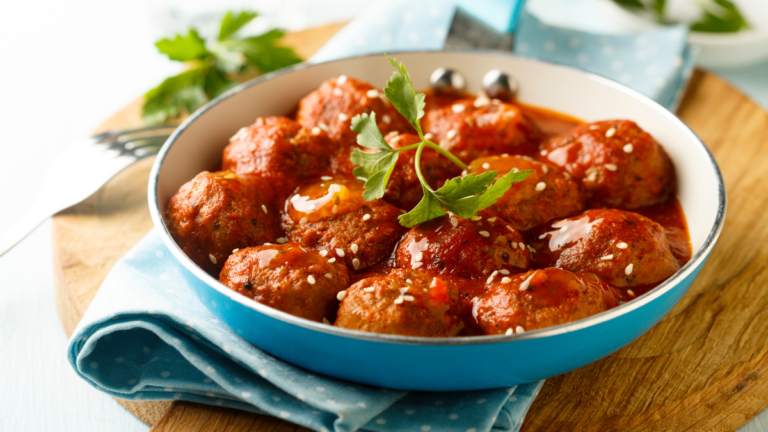Seasonal Cooking: A Comprehensive Guide to Eating Fresh and Local
Introduction to Seasonal Cooking
Seasonal cooking is the practice of selecting and using ingredients that are naturally available and at their peak freshness during specific times of the year. By choosing to cook with seasonal produce, you will enjoy a variety of flavors and textures, while also reaping the health and environmental benefits.
The Benefits of Seasonal Eating
Health Benefits
Eating seasonally ensures that you are consuming produce when it is at its most nutrient-dense. This is because fruits and vegetables that are allowed to ripen naturally on the plant or tree will have a higher concentration of vitamins, minerals, and antioxidants.
Environmental Benefits
When you choose locally grown, seasonal produce, you reduce the environmental impact of transportation, refrigeration, and storage. Supporting local farmers also helps to maintain the agricultural landscape and promotes biodiversity.
Flavor and Texture
Seasonal fruits and vegetables taste better because they are fresher and have not been subjected to long periods of transportation or storage. The natural ripening process also ensures optimal flavor and texture.
Spring Seasonal Foods
Spring is a time of renewal and growth, and this is reflected in the variety of fresh, vibrant produce available. Some popular spring seasonal foods include:
- Asparagus
- Artichokes
- Rhubarb
- Fava beans
- Peas
- Strawberries
- Radishes
- Spinach
Recipe Idea: Spring Vegetable Risotto
Incorporate the flavors of spring into a creamy risotto with fresh asparagus, peas, and tender spinach. Top with grated Parmesan and a squeeze of lemon for a bright finish.
Summer Seasonal Foods
Summer offers an abundance of colorful and flavorful fruits and vegetables. Some popular summer seasonal foods include:
- Berries (strawberries, blueberries, raspberries)
- Stone fruits (peaches, plums, apricots)
- Tomatoes
- Corn
- Zucchini
- Green beans
- Cucumbers
- Melons
Recipe Idea: Grilled Peach and Burrata Salad
Combine grilled peaches, creamy burrata cheese, and peppery arugula for a refreshing and delicious summer salad. Drizzle with balsamic glaze and a sprinkle of toasted almonds for added crunch.
Autumn Seasonal Foods
Autumn is synonymous with cozy flavors and hearty produce. Some popular autumn seasonal foods include:
- Apples
- Pears
- Squash (butternut, acorn, spaghetti)
- Pumpkins
- Sweet potatoes
- Brussels sprouts
- Beets
- Cauliflower
Recipe Idea: Roasted Butternut Squash Soup
Warm up with a velvety butternut squash soup, seasoned with sage and nutmeg. Top with toasted pumpkin seeds and a dollop of crème fraîche for added richness.
Winter Seasonal Foods
Winter brings a selection of earthy and hearty produce to enjoy. Some popular winter seasonal foods include:
Citrus fruits (oranges, grapefruits, lemons, limes)
- Root vegetables (parsnips, carrots, turnips)
- Cabbage
- Kale
- Collard greens
- Leeks
- Fennel
- Pomegranates
Recipe Idea: Hearty Winter Vegetable Stew
Create a nourishing stew with a variety of winter vegetables, such as carrots, parsnips, and cabbage. Add in some protein with white beans and serve over a bed of cooked grains, such as barley or farro, for a satisfying meal.
Tips for Seasonal Shopping
To make the most of seasonal cooking, keep these tips in mind when shopping for produce:
- Visit local farmers’ markets: Farmers’ markets are an excellent source of fresh, seasonal produce, and they allow you to support local growers.
- Learn what’s in season: Familiarize yourself with the seasonal produce in your region to help guide your shopping choices.
- Be flexible with recipes: When planning meals, be willing to substitute ingredients based on what is available and in season.
Recipe Ideas for Each Season
To help you incorporate seasonal cooking into your daily routine, here are a few more recipe ideas for each season:
Spring
- Strawberry Spinach Salad with Poppy Seed Dressing
- Artichoke and Goat Cheese Stuffed Chicken
- Lemon Ricotta Pasta with Peas
Summer
- Caprese Salad with Heirloom Tomatoes
- Grilled Veggie Skewers with Chimichurri Sauce
- Watermelon, Feta, and Mint Salad
Autumn
- Apple, Walnut, and Blue Cheese Salad
- Pumpkin and Sage Gnocchi
- Cauliflower, Chickpea, and Spinach Curry
Winter
- Citrus and Fennel Salad
- Lentil and Kale Stuffed Sweet Potatoes
- Spiced Pomegranate Glazed Chicken
Conclusion
Embracing seasonal cooking allows you to enjoy a variety of fresh and nutritious produce throughout the year while supporting local farmers and reducing your environmental footprint. By incorporating seasonal fruits and vegetables into your meals, you can create delicious and healthy dishes that celebrate the unique flavors of each season.







